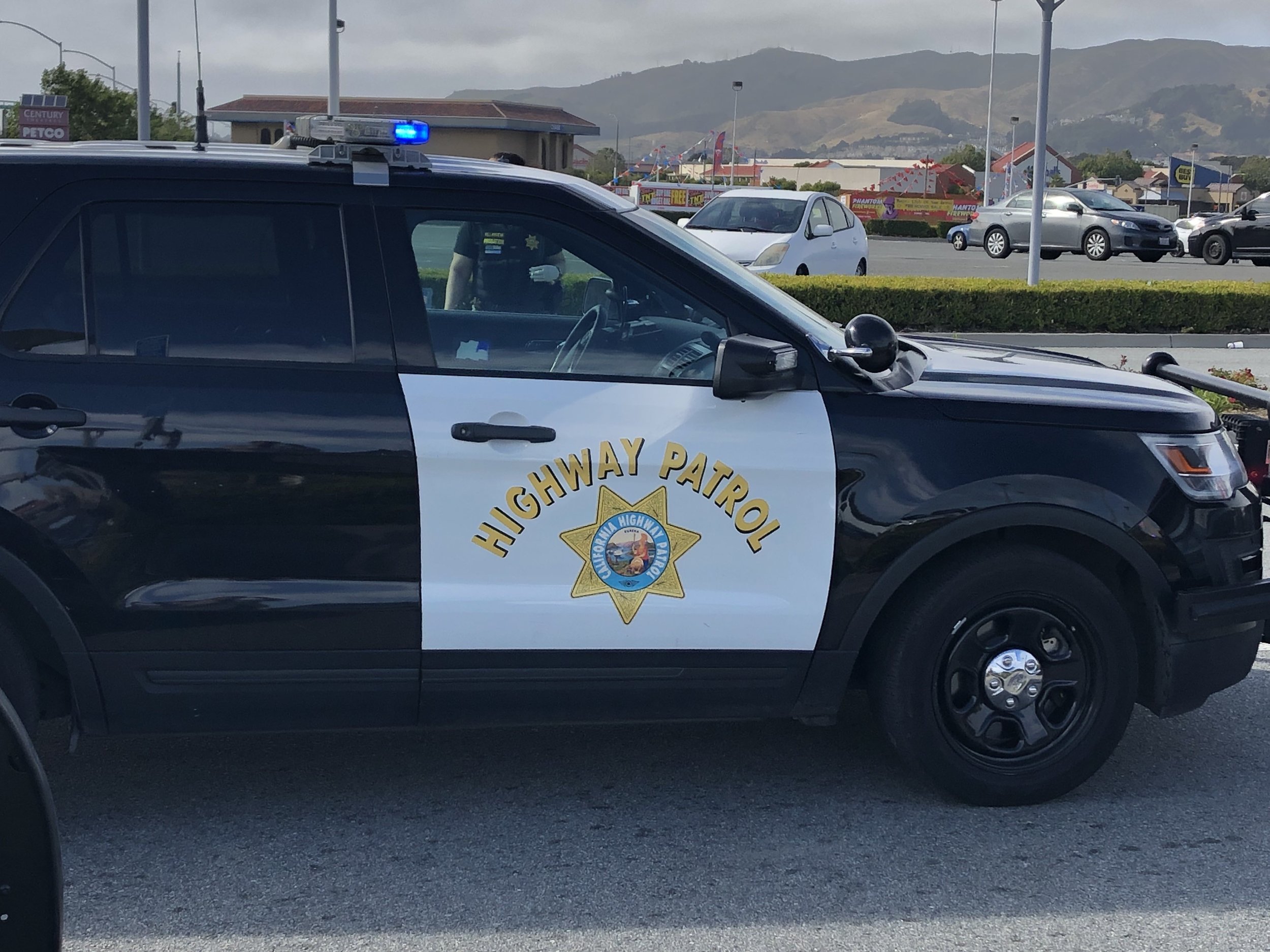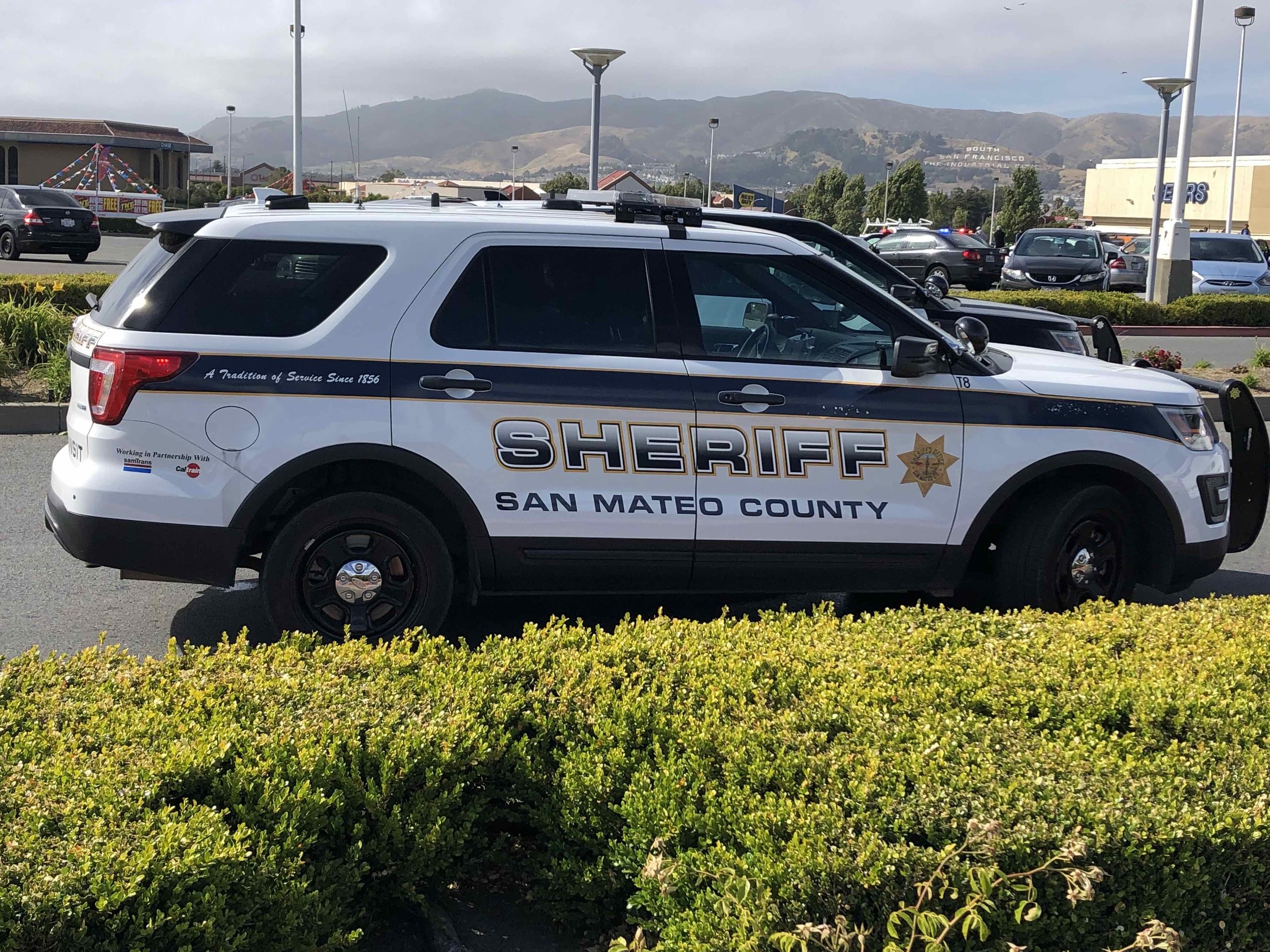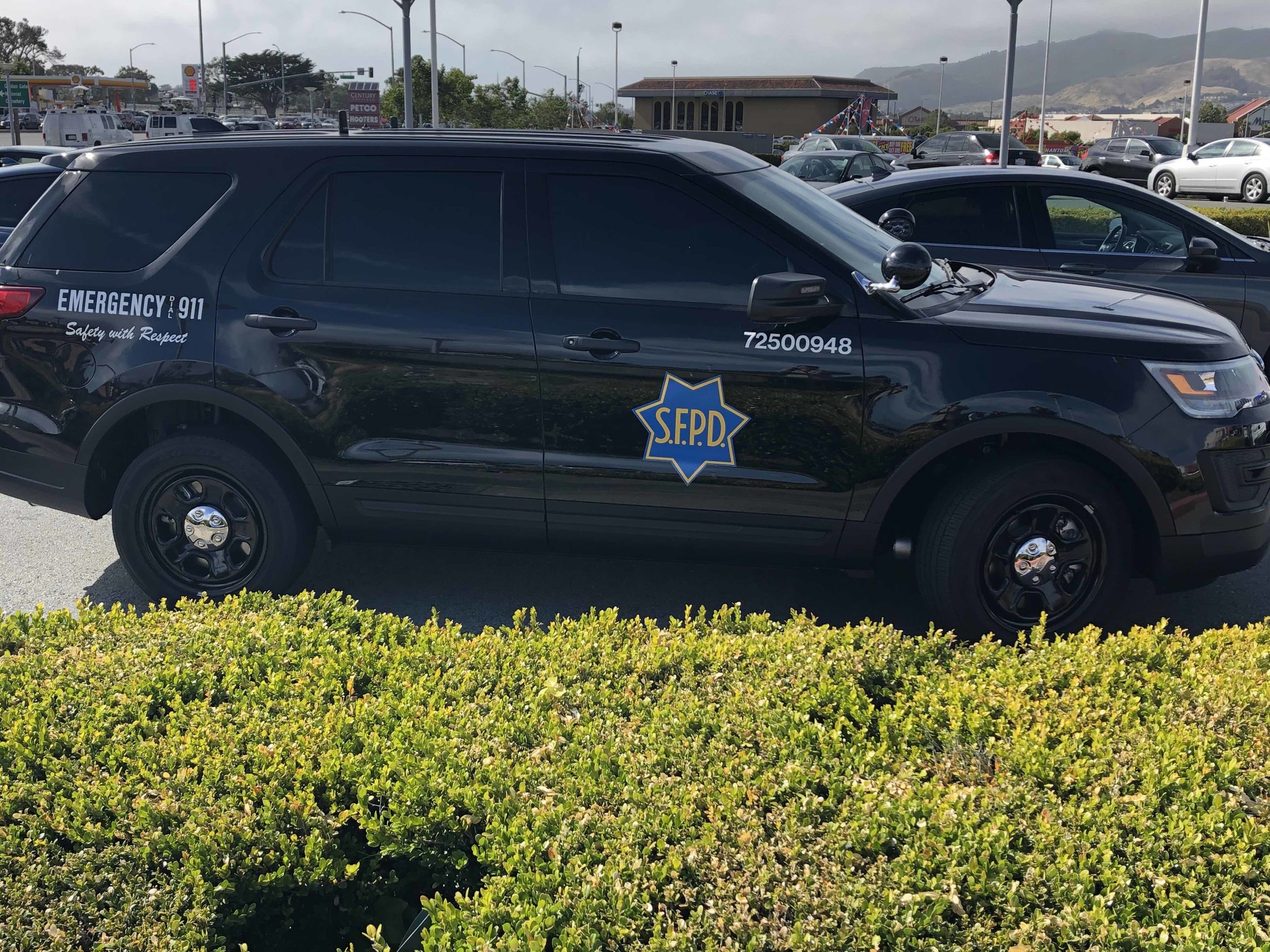Ready or not
Covering breaking news is the most exhilarating and demanding part of broadcast journalism. It pushes news crews to their limits, requiring split-second decisions. The choices can mean being the first on the scene or the last, getting the home run interview or missing it. And, most of all, it means being ready to go on the air – right now – no matter how prepared you are, or aren’t.
“There’s an active shooter at Tanforan Mall, get there as fast as you can.”
At 4:30 p.m., I was in my truck editing a story for the 5 p.m. show – already pretty stressed by the pressure of the impending deadline. That’s when I got the call: “There’s an active shooter at Tanforan Mall, get there as fast as you can.” Of course, I went. But, all the work I’d done so far that day – the phone calls, the interviews, the video – poof, gone. When breaking news strikes, you drop everything. No complaining. It’s part of the job.
You’re on the way to cover what is potentially a dramatic story like a mall shooter, and the traditional search for story elements goes out the window (along with all the work you’ve done that day). There is no time to plan how to gather So what (what difference does it make), Real people (the people living the story), Show me, don’t tell me (video). All those things you have to figure out when you get there.
I packed up and drove to the scene, met up with a videographer who had beaten me there and went on the air live. As soon as we could connect with the station, we went live. I didn’t know what was going on inside the mall or how many people had been hurt or whether the shooters were still around. But it didn’t matter. One of the goals of every TV news station is to establish the reputation as being the first on the scene and the go-to source for breaking news. CNN has cemented itself in that role for breaking international news. Think about it. When the United States launches attacks on another country or a tsunami strikes or a passenger plane goes down in the Pacific, what’s the channel you turn to? That’s what local TV newsrooms want to be for their viewers.
Sometimes the only information you have is what you see. That works for a breaking news live shot.
One way to achieve that, then, is to have a reporter live on the air on the scene first. We were. “Simon, we’re taking you live as soon as you’re ready.” But what do I say? I just got here! Doesn’t matter, the goal is to be live and show KPIX is there for the viewers with the most up-to-date information at the scene. So, I did the only thing I could do which was describe the scene. Perhaps not the specific information the viewers wanted – what was going on inside the mall – but still information from the scene and what was happening right now.
Trying to find witnesses at a breaking news event means walking up to strangers and talking to them. Thanks to KPIX videographer Rick Villaroman for rolling on all this - he knew my students would want to see it.
OK, now that we’re here, it’s time to look for people who may have been inside the mall when the shooting happened. Not surprisingly, people who are shaken up after having (literally) just run for their lives, sometimes don’t like to talk to reporters asking them what happened. But it’s your job to ask, anyway. My philosophy is to always be transparent with the public and not try to play games. Plus, when you’re a TV reporter, there’s no way to just sidle up to a group of people and pretend to innocently be part of the conversation. With the camera and microphone out, everyone knows who you are and what you want. But it does pay to empathize with what people have just gone through and remember you need something from them. You’re asking, not forcing, them to agree to an interview. They don’t have to do it if they don’t want to.
So be polite and direct. Admitting you don’t know what happened and you’d like to find out so you can tell the viewers helps. Again, you’re being transparent, and demonstrating your trustworthiness.
Once someone agrees to an interview, it’s important to remember this may be the first time that person has been on live TV. Most of the public has no idea how it works. It’s your job to help the person through it. The better the interview subject does, the better informed the public is. A few things that can help the interview go more smoothly:
Give the subject a quick overview of the types of questions you’re planning to ask
Tell the subject to answer only the question asked; the reporter will then ask another
Start the story yourself and then turn to the subject at the part where his or her contribution is most compelling
Tell the subject to look at the reporter, not the camera
Start and end by telling the viewers who the interview subject is and why you’re talking to that person
Be friendly and encouraging
As you watch this video of the live interview with the witness, notice: 1) how quickly we go live after setting up the interview, 2) the brief explanation of what’s going to happen and 3) the summary at the end of who the viewers just heard.
Another thing about breaking news coverage – it’s fluid. A typical live shot is scheduled down to the second. The producer’s rundown says: Reporter live at 6:01:30. But when the scramble is on to cover breaking news, live shots can happen at any time. The crews in the field have to be ready to go, and go again, often several times in a newscast. In the live interview above and notice how soon we went live after this interview was set up.
Asking questions during a live interview can be difficult. You’re on live TV and have to think on your feet. Two things can help:
Asking questions on the fly during live interviews with the chiefs of the San Bruno police and fire departments.
1. Listen - Beginning reporters will often plan how they expect (and want) an interview to go and then only ask the 10 questions they’ve written in their reporter’s notebook. Bad idea. Yes, you should ask the questions you think are important, but you must also listen to what the interview subject is saying. It’s a fatal flaw if you don’t. If the person you’re talking to says something newsworthy that is not part of your pre-planned list and you ignore it, you’ve defeated the whole point of the exercise, which is to get newsworthy information and communicate it to the public. It’s not easy to do two things at once – listen and formulate the next question. But experienced reporters can do it and it makes for much better interviews.
2. Think like a viewer - In a breaking news situation, there is no time to write up a list of questions. You have to go live and ask as the cameras are rolling and thousands of people are watching. In live TV, there are no do overs. So what do you ask? Think like a viewer. What would the viewer want to know? In this case, during a live interview with the San Bruno police chief, what the viewers want to know could be:
Is the threat over?
Who’s hurt and how badly?
What the heck happened?
Did you catch the bad guys?
What makes this different from other similar events?
What’s next?
This is not rocket science but keeping your calm and leading the subject through the story in a way that makes sense to and is satisfying for the viewers can be tough when you’re doing it on the fly, live.
It probably goes without saying, but breaking news coverage is an all-hands-on-deck scenario for a newsroom. You can expect to work harder, faster and more.
Takeaways:
Breaking news means dropping all the work you’ve already done during the day.
Being first on breaking news is a big deal.
Breaking news means going live now, no matter how prepared you are, or aren’t.
Prepare your live interview subjects for what’s coming. You know how it works, they don’t.
Listen during interviews, and think like a viewer.
Breaking news means working harder, faster and more. It’s a thrill.





